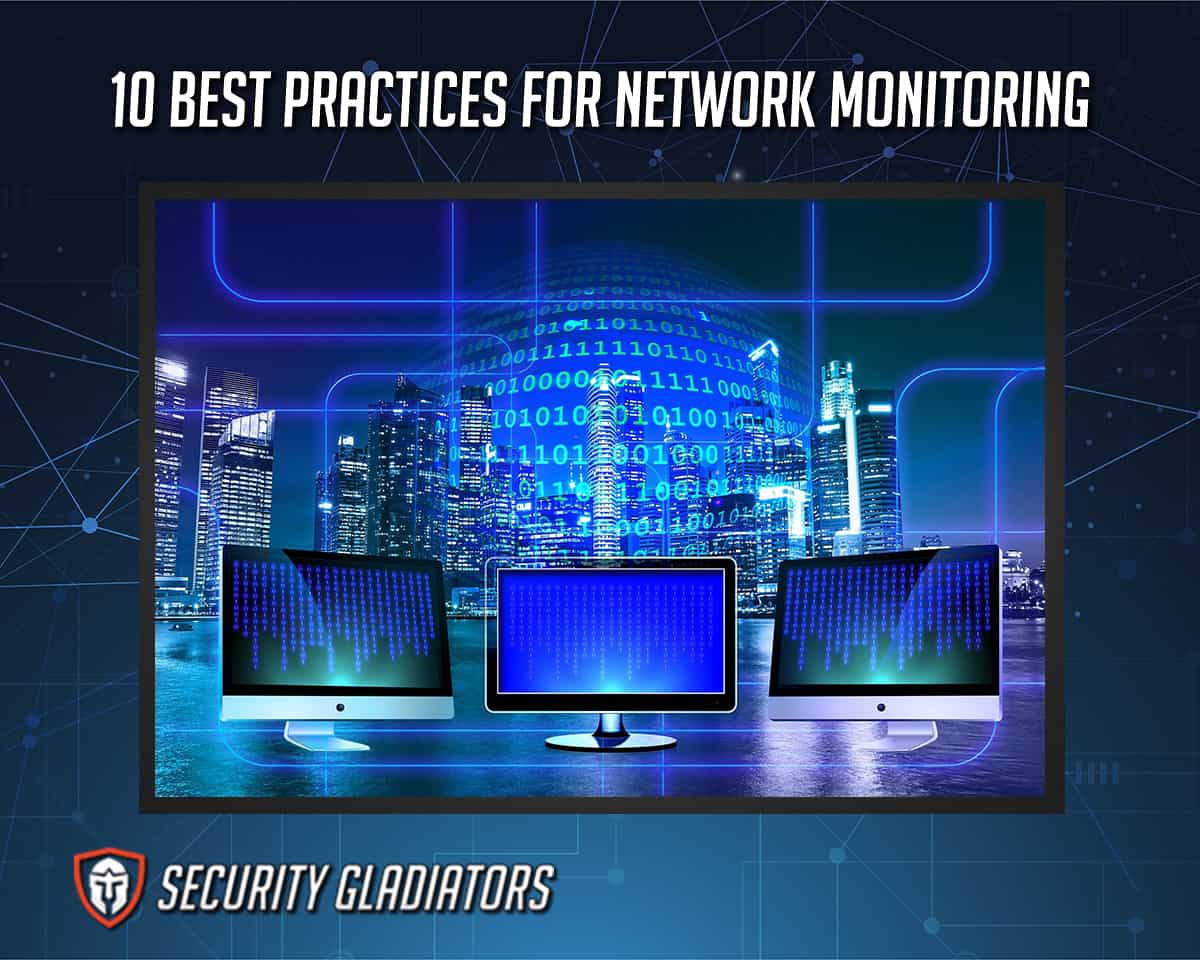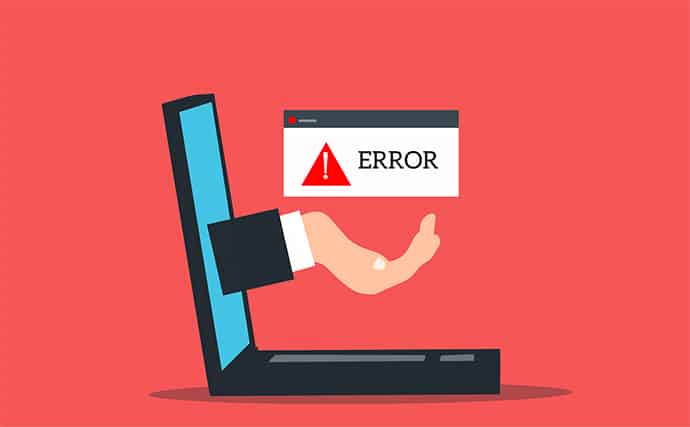Network monitoring, a component of network management, is the proactive process of continuously monitoring and identifying any potential issues or failures of a network system. This ensures uninterrupted availability and optimal performance. Network monitoring systems notify administrators in real time of issues such as network failure, overloaded servers, failed routers and others before the issues become serious. Administrators can identify flaws and optimize efficiency using tools such as network monitoring software.

These are ten best practices for network monitoring.
- Determine the Baseline Network Behavior
- Maintain the Monitoring System’s High Availability
- Reduce the Possibility of Tool Sprawl
- Keep an Eye Out for Warning Storms
- Ensure That Configuration Management Is Linked To Monitoring
- Collect Data From Many Network Devices for a Full Picture
- Create and Maintain a Strong Dashboard
- Establish a Defined Escalation Procedure
- Create Reports for Each Network Tier
- Ensure That the Appropriate Expertise Is Available for Each Area of Monitoring
Table of Contents
1. Determine the Baseline Network Behavior
Administrators must comprehend a network’s infrastructure to monitor a network. There should be a written record of each identified network system’s normal behavior, standard, expectation and service quality. This is the basis that may determine the overall success of the monitoring procedure.
This is important:
Network managers must ensure proper familiarity with the network system and understand how each system works independently and with each other. This will help in developing a strategy that can meet the organization’s specific security requirements.2. Maintain the Monitoring System’s High Availability
To keep the monitoring system always highly available, network administrators must ensure that monitoring systems are hosted on a server distinct from the server being monitored. There should be a backup system to prevent network monitoring downtime. The backup can function as a recovery plan to ensure unrestricted network monitoring in the event of a management system failure.
3. Reduce the Possibility of Tool Sprawl
Tool sprawl is a common issue for many IT companies, characterized by high investments to acquire too many tools that become difficult for IT teams to manage. Network monitoring needs the integration of multiple tools to collect data and insights from a variety of sources. But combining tools can be challenging and make system monitoring more difficult.
Note:
To eliminate tool sprawl, businesses must first implement monitoring solutions that are scalable and capable of integrating with both existing and newer tools. Organizations must search for highly integrated tools.4. Keep an Eye Out for Warning Storms

Network monitoring systems alert or notify IT teams of system failures or identified issues. But sometimes the alerts are not adequately monitored. This can cause alert storms, which are multiple alerts.
Network administrators frequently become accustomed to multiple alerts, resulting in an unhealthy habit of ignoring some alerts. So managers must keep track of warning alerts to concentrate on crucial operations.
5. Ensure That Configuration Management Is Linked To Monitoring
Configuration is a typical step in establishing a functional network monitoring system. Since a network monitoring system can consist of multiple devices with the same monitoring objective, the configuration of all of these devices must be consistent with the monitoring objectives. For instance, a router in a monitoring system must be configured for monitoring, and default settings must be avoided.
6. Collect Data From Many Network Devices for a Full Picture
Proper monitoring should incorporate data from multiple sources that point to the same objective. Extracted data only is reliable when a comprehensive picture of the situation is generated by every system-connected tool. Network monitoring typically focuses on objectives established at the outset of the activity.
7. Create and Maintain a Strong Dashboard
A dashboard provides a comprehensive overview of all monitored system activities. A dashboard with granular visualization is essential for any monitoring activity. Network administrators can analyze behavior, performance, enhancements, errors and others. The dashboard must be robust enough to aid administrators in identifying anomalies.
Note:
While most monitoring tools generate network representations automatically, there must be an option to add custom information. Dashboards must be adaptable depending on the position and role of the individual viewing the results.8. Establish a Defined Escalation Procedure
Documentation is required for the definition of all organizational processes. This allows for the continuity and transparency of activities through an explicit statement. With network monitoring, there should be a clearly defined escalation procedure outlining how to handle issues, who issues should be directed to and when to fix or report the issues.
Having a clearly defined escalation procedure will facilitate productive teamwork and instill a sense of personal accountability.
9. Create Reports for Each Network Tier
A network has multiple layers, including the TCP/IP four-layer model and the seven-layer model. Each of these layers handles specific tasks, including transport, internet, application and network access. To provide comprehensive coverage of all aspects of the network, a detailed report for each of these layers is required.
10. Ensure That the Appropriate Expertise Is Available for Each Area of Monitoring

Monitoring is typically a combination of various monitoring functions, which also require the expertise of professionals for proper execution. Ensure that specialists are in charge of specialized functions. Different systems should have distinct functionality, communication protocols and, if possible, application programming interfaces.
For example, the expertise required to monitor web servers may differ from that required to monitor an internal server. Although both systems target servers, the specialized nature of each system necessitates a specialist with expertise in the network behavior of the system.
What Is Network Monitoring?
Network monitoring is continuously monitoring network systems to collect real-time data on performance, failures, security and any potential problems. Network monitoring is a proactive concept essential for an organization’s proper operation and security.
Note:
Using various data sources, network monitoring inspects a computer network for failing components, such as crashed servers, network overload and so on. Alerts are sent to the network administrator via various channels, including SMS, email and others for prompt action.What Are the Advantages of Network Monitoring?
Network monitoring is a crucial aspect of a business, as the network’s uninterrupted operation is essential to the organization’s success. Businesses cannot afford to overlook the numerous benefits of network monitoring. Monitoring enables administrators to quickly identify security threats before cybercriminals compromise an organization. Organizations can effectively allocate resources to the most crucial aspect of business security.
Operating a business without documentation of network and system trends and behavior is unethical. Network monitoring aids businesses in gaining a comprehensive understanding of vital data and statistics. The reduction of expenses is one of the most significant advantages of network monitoring. When systems are continuously monitored, businesses can proactively prepare for cyber threats, as opposed to being completely ignorant of potential threats.
What Are the Categories of Network Monitoring?
Network monitoring can take various forms depending on what a company intends to monitor. Categories of network monitoring include configuration monitoring, availability monitoring, performance monitoring and monitoring of cloud infrastructure.
Is Network Monitoring Important?
Yes, network monitoring is crucial because monitoring enables businesses to stay on track and identify network behavior trends. Also, businesses can operate without experiencing unexpected downtime. Network monitoring enables administrators to make calculable decisions that will assist an organization in overcoming many obstacles.

